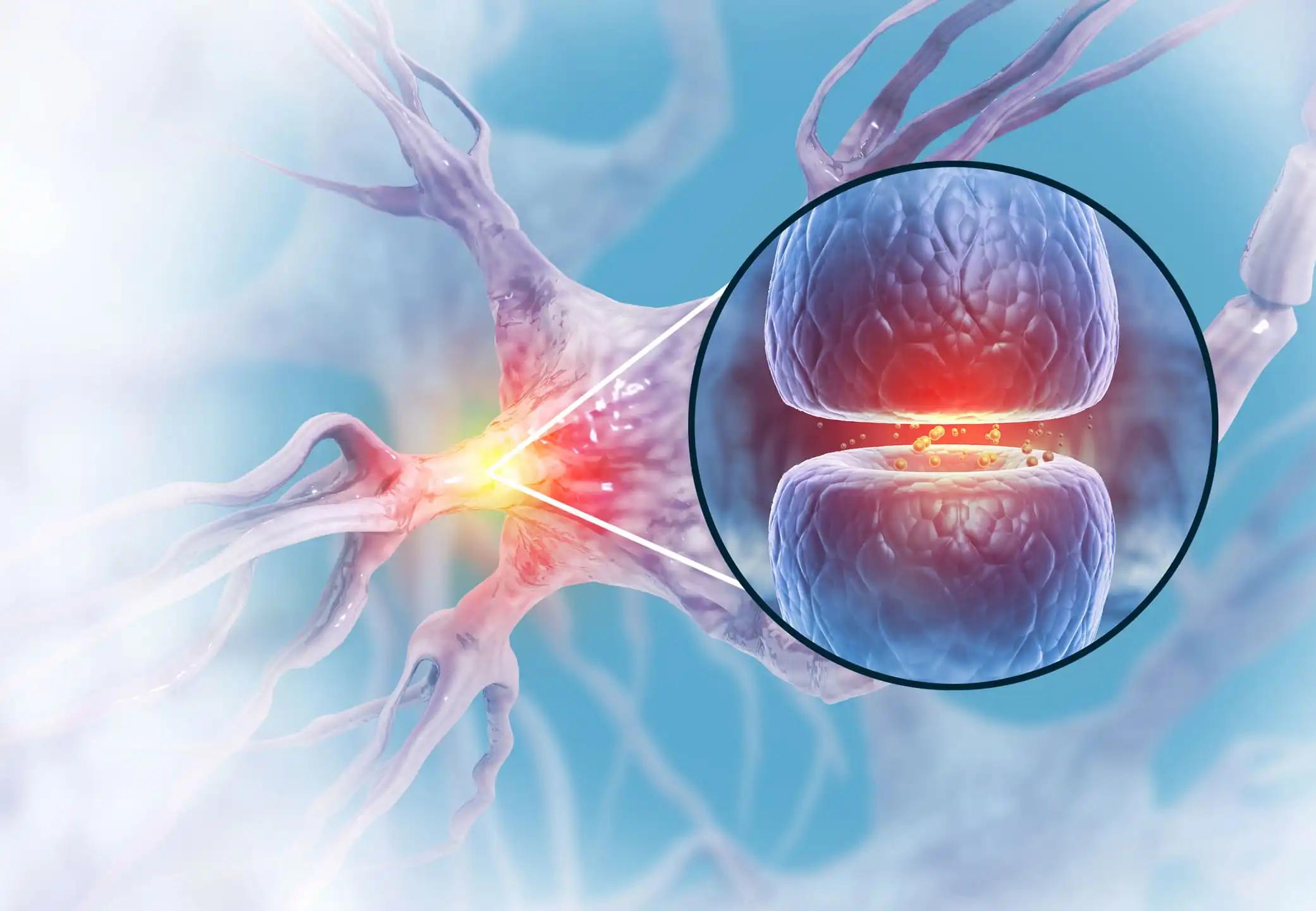KEY TAKEAWAYS
- The MASTER and GRIFFIN trials assessed stem cell mobilization in newly diagnosed multiple myeloma patients after frontline induction therapy.
- The phase 2 trial aimed to evaluate the impact of daratumumab and lenalidomide quadruplet induction therapy on stem cell mobilization.
- After induction therapy, stem cell mobilization was analyzed by examining yields, attempts, and engraftment outcomes.
- More plerixafor use was seen in patients receiving daratumumab than lenalidomide-containing regimens.
Induction therapy followed by stem cell transplantation is typical for new multiple myeloma patients. Daratumumab and lenalidomide are effective treatments, but combining them may make stem cell mobilization difficult. The researchers compared stem cell yields and engraftment outcomes in two clinical trials (MASTER and GRIFFIN) for patients who received different induction therapies.
In the MASTER trial, adult patients eligible for transplantation and diagnosed with NDMM were treated with D-KRd induction therapy for four cycles of 28 days each. Meanwhile, in the GRIFFIN trial, patients received lenalidomide/bortezomib/dexamethasone (RVd) with or without daratumumab (D) for four cycles of 21 days each, followed by stem cell mobilization and ASCT. The approach to stem cell mobilization varied between institutions, with some using upfront plerixafor. In contrast, others used rescue plerixafor only after mobilization parameters indicated failure with granulocyte colony-stimulating factor (G-CSF) alone.
In the MASTER trial, 116 D-KRd patients underwent stem cell mobilization around 24 days after induction therapy. In the GRIFFIN trial, 175 patients (95 D-RVd, 80 RVd) underwent mobilization about 27 days after D-RVd induction and 24 days after RVd induction. Few patients failed to meet the center-specific minimum required CD34+ cell yield in the first attempt: 7% (8 of 116) of D-KRd recipients, 2% (2 of 95) of D-RVd recipients, and 6% (5 of 80) of RVd recipients. However, remobilization allowed almost all patients to collect enough stem cells for ASCT.
D-KRd or D-RVd induction therapy resulted in a higher plerixafor use incidence, upfront or as rescue, compared to RVd induction therapy. Following the induction of D-KRd, D-RVd, and RVd, the median total CD34+ cell collection was 6.0 106/kg (range, 2.2 to 13.9 106/kg), 8.3 106/kg (range, 2.6 to 33.0 106/kg), and 9.4 106/kg (range, 4.1 to 28.7 106/kg). The median number of days for collection was 2, 2, and 1 for D-KRd, D-RVd, and RVd, respectively. The majority of patients who underwent mobilization underwent ASCT: 99% (94 of 95) for D-KRd patients, 98% (78 of 80) for D-RVd patients, and 98% (114 of 116) for RVd patients. The median CD34+ cell doses used for ASCT were 3.2 × 106/kg, 4.2 × 106/kg, and 4.8 × 106/kg for D-KRd, D-RVd, and RVd, respectively.
Neutrophil recovery took 12 days across all groups in both trials, but no data on platelet engraftment is available. Daratumumab and lenalidomide quadruplet therapy had minimal impact on stem cell mobilization, with predictable harvesting and engraftment for ASCT in all patients. G-CSF or rescue plerixafor worked for most, though a plerixafor strategy could be considered.
Source: https://pubmed.ncbi.nlm.nih.gov/36494017/
Clinical Trial: https://clinicaltrials.gov/ct2/show/NCT02874742
Chhabra S, Callander N, Watts NL, Costa LJ, Thapa B, Kaufman JL, Laubach J, Sborov DW, Reeves B, Rodriguez C, Chari A, Silbermann R, Anderson LD Jr, Bal S, Dhakal B, Nathwani N, Shah N, Medvedova E, Bumma N, Holstein SA, Costello C, Jakubowiak A, Wildes TM, Schmidt T, Orlowski RZ, Shain KH, Cowan AJ, Dholaria B, Cornell RF, Jerkins JH, Pei H, Cortoos A, Patel S, Lin TS, Usmani SZ, Richardson PG, Voorhees PM. Stem Cell Mobilization Yields with Daratumumab- and Lenalidomide-Containing Quadruplet Induction Therapy in Newly Diagnosed Multiple Myeloma: Findings from the MASTER and GRIFFIN Trials. Transplant Cell Ther. 2023 Mar;29(3):174.e1-174.e10. doi: 10.1016/j.jtct.2022.11.029. Epub 2022 Dec 6. PMID: 36494017.



